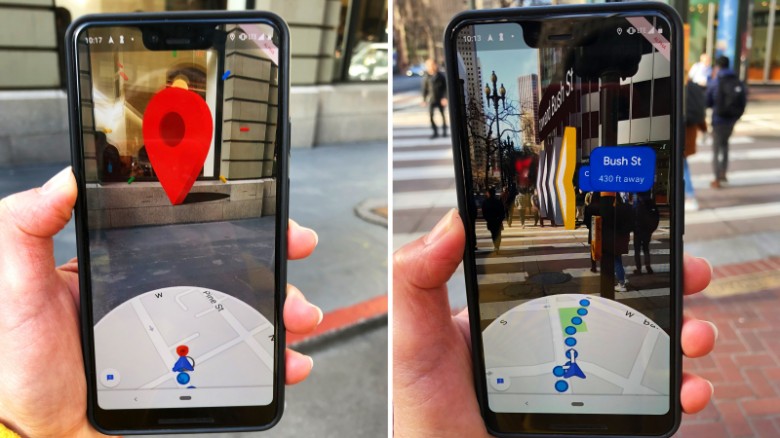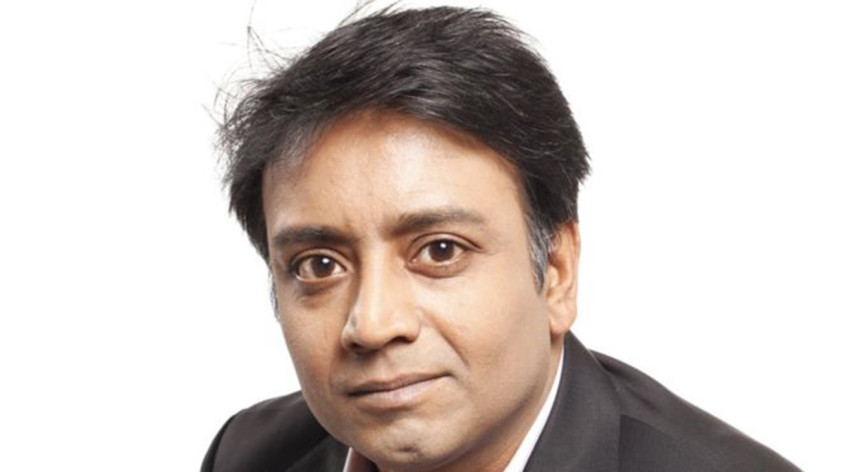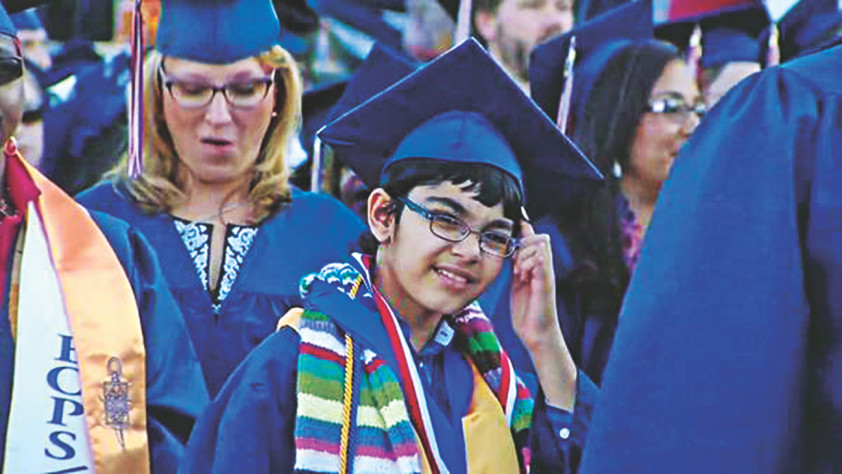1
Business & Entrepreneurship / Couple bloom tulips first in Bangladesh
« on: February 20, 2020, 11:35:58 AM »
This could be a great opportunity for business those have a hobby of gardening.
Shykh Seraj
During the mid-80s, I got engaged with Bangladesh Television’s agricultural documentary programme Mati O Manush (Soil & People). During that time, I met a Belgian named Jean Paul Perrin, who came to Bangladesh through an NGO and had a bondage with floriculture or flower farming. He worked on gerbera flower back in 1988 and also worked on chrysanthemum and carnation flowers. He was successful in some of them. He also tried to cultivate tulip, the most acclaimed ornamental flower. Jean even showed me a bulb of tulip which was the first tulip bulb I had ever seen. But the flower did not bloom that time and he could not become successful in growing tulip in Bangladesh. I had been fortunate enough to visit Keukenhof of The Netherlands back in May, 2015. For the very first time, I could see tulip and had the idea how its magnificent field would look like.
A few days back, I went to Kewa village located in Gazipur’s Sreepur upazila. Today, I will tell my dear readers an outstanding story of a young entrepreneur couple. They are involved with floriculture and flower farming for about 15 years. They have managed to bloom Tulip on Bangladeshi soil for the very first time. When I first heard this, it sounded unbelievable. So many projects, so many people have tried to make it happen from time to time but no one succeeded. But this young duo hasn’t only been able to grow tulip, but has successfully managed to grow capsicum, gladiolus, gerbera, China rose and many other flower varieties. Delwar Hossain along with his wife Shelly Hossain made this miracle happen a month back.
I don’t know where Jean Paul Perrin lives now as I don’t have any contacts with him. But I want to let him know that, “Dear friend, your dream has come true in the land of Bangladesh. Your mission has been accomplished by a young Bangladeshi couple Delwar and Shelly.”
“When did it first bloom?”
“A month back.”
One morning, Delwar came to his European orchard and saw something red is blooming. Then he took a picture of it and sent it to his wife, Shelly. She forwarded the photo to The Netherlands. They both knew it was tulip but was later confirmed that yes the couple made the impossible, possible. They grew tulip.
Back in 2017, the duo received a short training from a Dutch flower company named Royal Van Zanten in The Netherlands. They returned with 60,000 bulbs of lilium and other agricultural tools. Over the years they have remained in touch with the organisation, as part of which they received 1,000 tulip bulbs for free.
I asked Delwar and Shelly, whether they have any plans to sell the tulips they grew.
“No, we don’t want to sell. At least two or three people have called us from Gulshan asking whether we would sell those. But our point is everything cannot be measured by money,” replied Delwar.
“People from our region are coming here, seeing tulips, taking selfies; not everyone can afford to visit Kashmir or The Netherlands to enjoy this view. It is a great pleasure to us,” added Shelly.
“If everything goes fine, we have plans to sell next season,” both said with a wide smile on their faces.
They have kept the tulips under net house. The couple say it would have been better if they could mix urea with some more fertilizers and pour the liquid mix into the flowers, but instead they are giving the inputs directly. They look forward to get water soluble fertilizer. The agriculture officers have already confirmed that they have a very good soil to grow tulips here. Delwar and Shelly believe more tulips can be grown in the colder regions like the northern district of the country. They are trying to grow tulips in a larger shade so that they can sell it next year. The market price for each tulip would be around Tk 70 (USD 0.82) per flower.
Shelly looks after the international communication. She has seen a great possibility in this commercial flower production project. The couple is very serious about learning the language skills which will soon deliver them even better news in the near future.
“My background and studies tell me to go for teaching profession, but all my passion and my world is bonded with Delwar and this beautiful flower orchard,” says Shelly.
“The most important fact is both of us love nature, trees, flowers and farming. We have been married for the past 14 years and anything you love, won’t disappoint you,” believes Delwar.
“My father was a traditional farmer and it was in my blood to carry on with the heritage of profession,” says Delwar.
“Flowers always make me feel good. So, at first I bought gladiolus bulbs, worth Tk 4,000 (USD 47.05), knowing that I would be able to sell each flower at Tk 15 (USD 0.17),” Delwar added.
“Then I bought 20,000 bulbs from Sher Ali Sardar, a flower farmer from Jashore’s Godkhali. I have sold almost 35,000 sticks of flowers at Tk 24 per stick and earned around Tk 8,40,000 (USD 9881) from gladiolas.
The obstacle they have is the bulb price goes up to Tk 12 (USD 0.14), which is caused by the quarantine cost of up to Tk 2 (USD 0.02) for each bulb and there is also 10 percent tax included for each bulb.
Source: https://epaper.thedailystar.net/Home/ArticleView
Shykh Seraj
During the mid-80s, I got engaged with Bangladesh Television’s agricultural documentary programme Mati O Manush (Soil & People). During that time, I met a Belgian named Jean Paul Perrin, who came to Bangladesh through an NGO and had a bondage with floriculture or flower farming. He worked on gerbera flower back in 1988 and also worked on chrysanthemum and carnation flowers. He was successful in some of them. He also tried to cultivate tulip, the most acclaimed ornamental flower. Jean even showed me a bulb of tulip which was the first tulip bulb I had ever seen. But the flower did not bloom that time and he could not become successful in growing tulip in Bangladesh. I had been fortunate enough to visit Keukenhof of The Netherlands back in May, 2015. For the very first time, I could see tulip and had the idea how its magnificent field would look like.
A few days back, I went to Kewa village located in Gazipur’s Sreepur upazila. Today, I will tell my dear readers an outstanding story of a young entrepreneur couple. They are involved with floriculture and flower farming for about 15 years. They have managed to bloom Tulip on Bangladeshi soil for the very first time. When I first heard this, it sounded unbelievable. So many projects, so many people have tried to make it happen from time to time but no one succeeded. But this young duo hasn’t only been able to grow tulip, but has successfully managed to grow capsicum, gladiolus, gerbera, China rose and many other flower varieties. Delwar Hossain along with his wife Shelly Hossain made this miracle happen a month back.
I don’t know where Jean Paul Perrin lives now as I don’t have any contacts with him. But I want to let him know that, “Dear friend, your dream has come true in the land of Bangladesh. Your mission has been accomplished by a young Bangladeshi couple Delwar and Shelly.”
“When did it first bloom?”
“A month back.”
One morning, Delwar came to his European orchard and saw something red is blooming. Then he took a picture of it and sent it to his wife, Shelly. She forwarded the photo to The Netherlands. They both knew it was tulip but was later confirmed that yes the couple made the impossible, possible. They grew tulip.
Back in 2017, the duo received a short training from a Dutch flower company named Royal Van Zanten in The Netherlands. They returned with 60,000 bulbs of lilium and other agricultural tools. Over the years they have remained in touch with the organisation, as part of which they received 1,000 tulip bulbs for free.
I asked Delwar and Shelly, whether they have any plans to sell the tulips they grew.
“No, we don’t want to sell. At least two or three people have called us from Gulshan asking whether we would sell those. But our point is everything cannot be measured by money,” replied Delwar.
“People from our region are coming here, seeing tulips, taking selfies; not everyone can afford to visit Kashmir or The Netherlands to enjoy this view. It is a great pleasure to us,” added Shelly.
“If everything goes fine, we have plans to sell next season,” both said with a wide smile on their faces.
They have kept the tulips under net house. The couple say it would have been better if they could mix urea with some more fertilizers and pour the liquid mix into the flowers, but instead they are giving the inputs directly. They look forward to get water soluble fertilizer. The agriculture officers have already confirmed that they have a very good soil to grow tulips here. Delwar and Shelly believe more tulips can be grown in the colder regions like the northern district of the country. They are trying to grow tulips in a larger shade so that they can sell it next year. The market price for each tulip would be around Tk 70 (USD 0.82) per flower.
Shelly looks after the international communication. She has seen a great possibility in this commercial flower production project. The couple is very serious about learning the language skills which will soon deliver them even better news in the near future.
“My background and studies tell me to go for teaching profession, but all my passion and my world is bonded with Delwar and this beautiful flower orchard,” says Shelly.
“The most important fact is both of us love nature, trees, flowers and farming. We have been married for the past 14 years and anything you love, won’t disappoint you,” believes Delwar.
“My father was a traditional farmer and it was in my blood to carry on with the heritage of profession,” says Delwar.
“Flowers always make me feel good. So, at first I bought gladiolus bulbs, worth Tk 4,000 (USD 47.05), knowing that I would be able to sell each flower at Tk 15 (USD 0.17),” Delwar added.
“Then I bought 20,000 bulbs from Sher Ali Sardar, a flower farmer from Jashore’s Godkhali. I have sold almost 35,000 sticks of flowers at Tk 24 per stick and earned around Tk 8,40,000 (USD 9881) from gladiolas.
The obstacle they have is the bulb price goes up to Tk 12 (USD 0.14), which is caused by the quarantine cost of up to Tk 2 (USD 0.02) for each bulb and there is also 10 percent tax included for each bulb.
Source: https://epaper.thedailystar.net/Home/ArticleView














